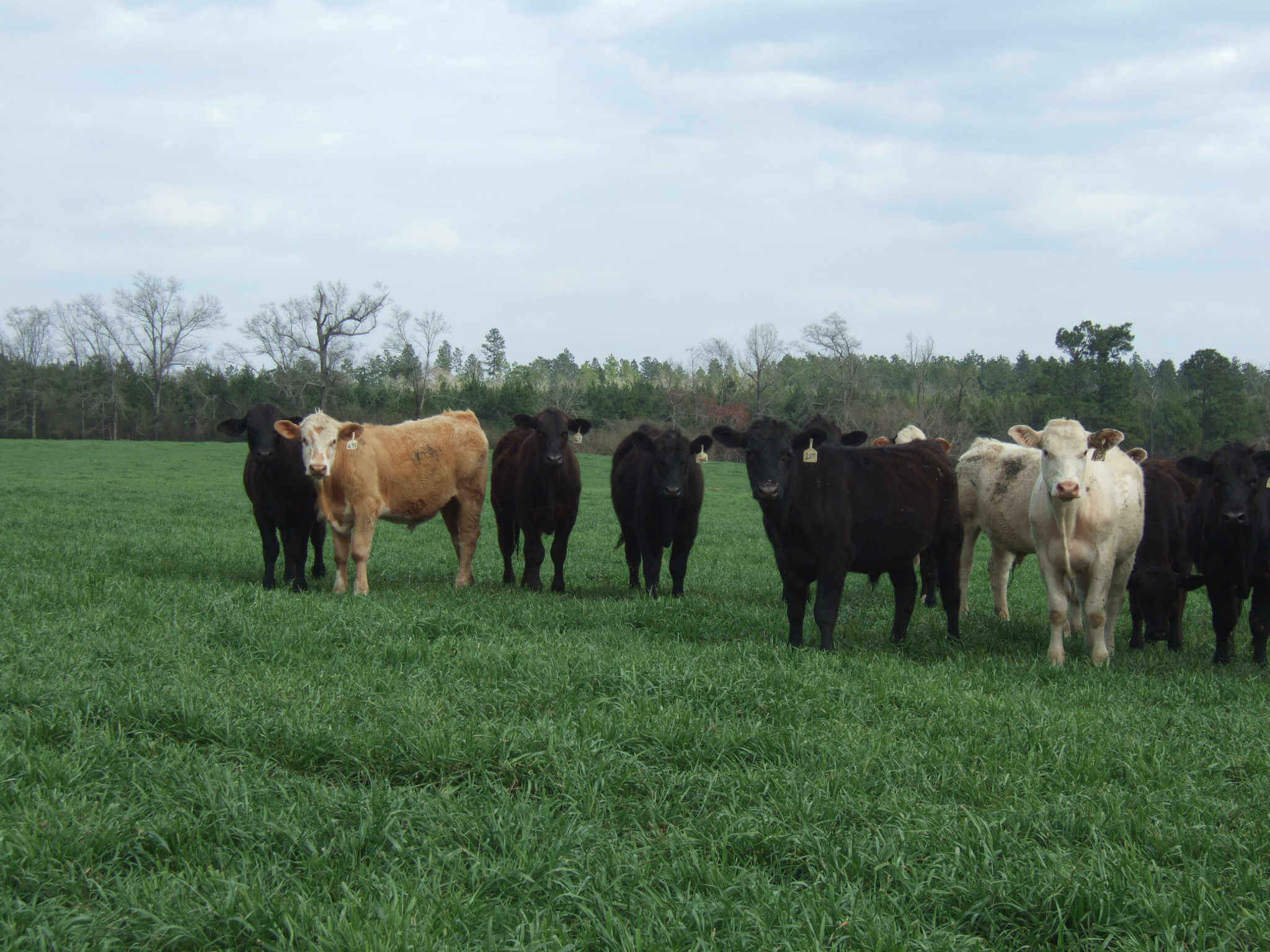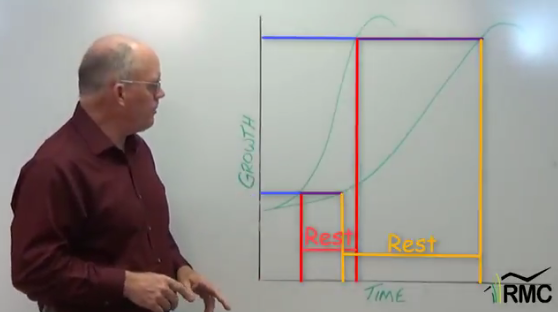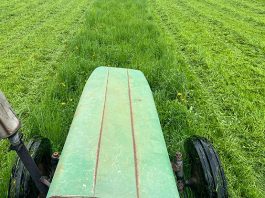 Sometimes it is very hard to really know just what to do or not to do.
Sometimes it is very hard to really know just what to do or not to do.
This summer down here we had enough rain to really grow a lot of grass. Now some folks would not see this as a problem. But I have lately talked to several people who are not sure how to handle this dilemma. I am sure there are some that cannot understand how too much grass can be a problem. After all, it can always be cut for hay. So I reckon this will take some explaining.
In a sense, our grazing year begins in the late fall and early winter with ryegrass. We have started grazing ryegrass as early as the second week of Dec. and have grazed as late as the first week of June. This may not be the case every year but in a typical year we are able to graze 150 days. In the years that we milked cows for a living if we could not make milk during ryegrass season the rest of the year could be miserable. Buying 400 lb. calves and being able to sell cattle that weigh 700 lbs. plus in 150 days has consistently been a moneymaker. With some luck and good weather and a little management it is possible in some years to put up some really good ryegrass hay and this is a bonus because after all we are in the grazing business.

 On most small places, the ryegrass is planted on the same ground that has been grazed all summer. In our part of the world, down here in the Deep South, we try to get our ryegrass planted by Oct 15. This allows for enough growth to allow the grass to withstand what cold that we might have early in the winter. But we would also like to see some cool days before the grass comes up. This cuts down on the probability of an armyworm infestation.
On most small places, the ryegrass is planted on the same ground that has been grazed all summer. In our part of the world, down here in the Deep South, we try to get our ryegrass planted by Oct 15. This allows for enough growth to allow the grass to withstand what cold that we might have early in the winter. But we would also like to see some cool days before the grass comes up. This cuts down on the probability of an armyworm infestation.
But when the time comes to plant ryegrass, and there is still plenty of green growing grass, folks can be reluctant to take that forage off to enable them to plant ryegrass. What is happening this year with this surplus of grass in most pastures? Some are about to talk themselves out of planting ryegrass at all.
This, I believe, would be a mistake. In our grazing plan, hay is used to fill in when nothing else is available and we are striving every day to make that time less every year. We have heard a lot in the last few years about stockpiling forages and we do some of that. There are paddocks that we take out of the summer rotation and allow to put on as much growth as possible to be grazed for the days between planting and grazing the ryegrass. These paddocks are then seeded for spring grazing. We also realize that if we have a cold wet winter most of the stockpile cannot hold up. And if there is no ryegrass growing the only other option is to feed a lot of hay. For fall calving producers ryegrass is without question the best means to ensure a good supply of forage that will produce the results we are all hoping to attain – cows that milk and growing calves.
 Now my thinking is this, I can plant an acre of ryegrass with some clover and turnips and hairy vetch for $100.00 or there about. I will get more for that $100.00 than if I spent it on hay. There is, without question, a place in a grazing plan for stockpile forages but I see a lot of folks calling any accumulated grass stockpile forage and some of it has the nutritional value of cardboard. There are a number of places that we can cut back on our spending but we should never in that process short the cattle of the necessary nutrition that is required for them to do their work. I know from experience that standing bahia grass that has been rained on for a couple of weeks in December and January will not be something that we can call good cow feed. Growing ryegrass in the winter in our area is one of the things that has been called an unfair advantage so it seems to me that we should never give that up.
Now my thinking is this, I can plant an acre of ryegrass with some clover and turnips and hairy vetch for $100.00 or there about. I will get more for that $100.00 than if I spent it on hay. There is, without question, a place in a grazing plan for stockpile forages but I see a lot of folks calling any accumulated grass stockpile forage and some of it has the nutritional value of cardboard. There are a number of places that we can cut back on our spending but we should never in that process short the cattle of the necessary nutrition that is required for them to do their work. I know from experience that standing bahia grass that has been rained on for a couple of weeks in December and January will not be something that we can call good cow feed. Growing ryegrass in the winter in our area is one of the things that has been called an unfair advantage so it seems to me that we should never give that up.
That’s my opinion, but, like behinds, everybody has one.




